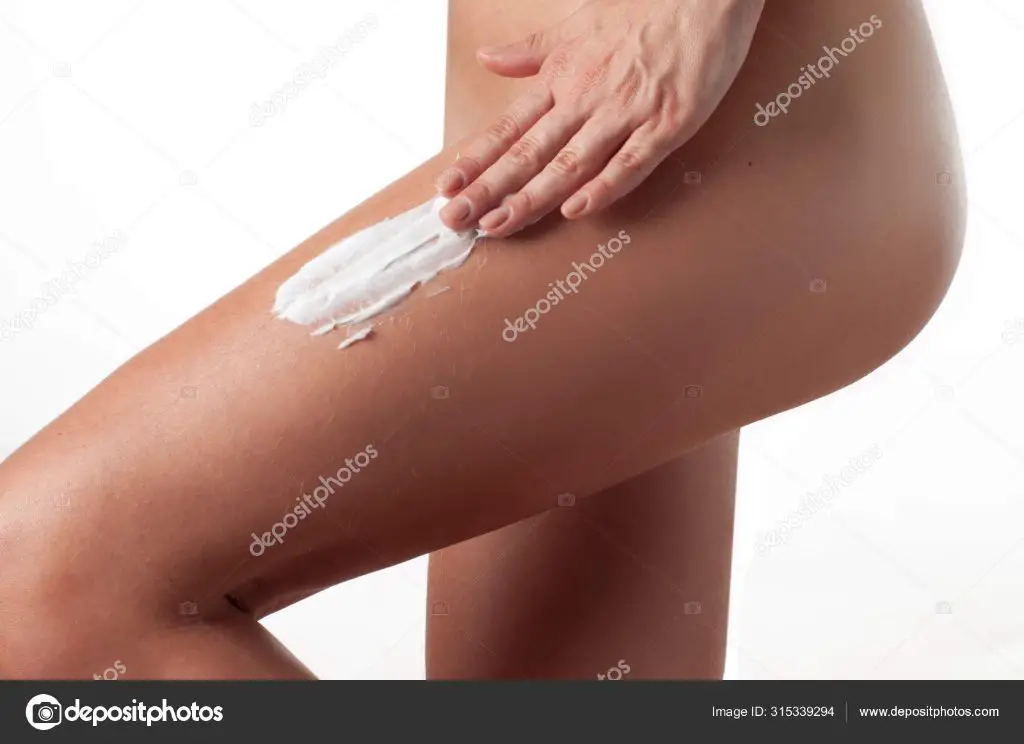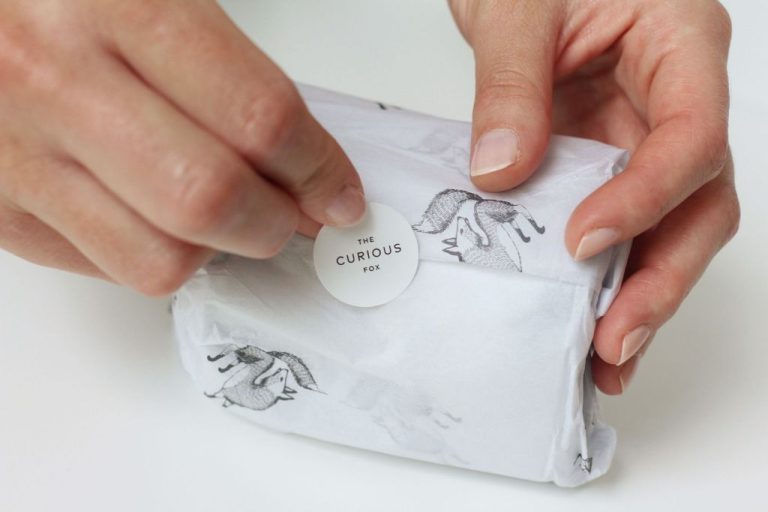Does Hot Cream For Cellulite Work?
What is Cellulite?
Cellulite is the dimpled appearance of the skin that some people have on their hips, thighs, and buttocks. It is caused by fat deposits pushing through layers of connective tissue beneath the skin (Merriam-Webster Dictionary, 2023). Cellulite forms when connective fibers in the skin become weak or lose their elasticity, allowing fat to push up against the skin and show through. This results in the dimpling effect commonly referred to as “orange peel skin” or cottage cheese skin.
Cellulite is extremely common, affecting over 90% of women (Cellulite: Definition and Evaluation). It can develop regardless of a person’s weight, body fat percentage, age, ethnicity, or activity level. However, it does tend to be more prevalent in women due to differences in connective tissue structure between men and women. While some associate cellulite with being overweight, many normal weight individuals have cellulite as well.
It’s important to understand that cellulite is normal, and not a sign of poor health or being overweight. It is not the same thing as excess body fat. Rather, it occurs when fat cells push up against the tissue underneath the skin, causing a lumpy appearance. With age, the connective bands can weaken, making cellulite more noticeable. But maintaining a healthy weight, staying active, and eating a balanced diet can help improve the appearance of cellulite.
Causes of Cellulite
There are several factors that contribute to the development of cellulite:
Hormonal Factors
Hormonal changes can have a big impact on cellulite. Estrogen, insulin, norepinephrine and thyroid hormones all play a role in cellulite production by affecting how fat cells and connective tissue function. Women going through puberty, pregnancy or menopause often experience worsening cellulite due to significant hormonal fluctuations [1].
Genetics
Genes play a role in cellulite development as well. Some people are simply prone to having more fat storage around the thighs and buttocks. Genetics can also affect how collagen and elastin are structured in your skin, impacting its appearance. People whose mothers have cellulite are more likely to also get it [2].
Diet
An unhealthy diet high in processed foods, saturated fats, salt and sugar can worsen cellulite. Carrying excess body fat strains the connective tissue under the skin. Eating a diet low in fiber can also contribute by causing constipation and fluid retention under the skin.
Lifestyle Factors
An inactive, sedentary lifestyle is one of the main causes of cellulite. Lack of exercise leads to decreased muscle tone and circulation. This allows cellulite to become more visible. Smoking cigarettes can damage collagen too, making cellulite look worse. High stress levels also increase cortisol, which causes fat storage around the abdomen, hips and thighs [3].
Available Cellulite Treatments
There are several treatment options available for reducing the appearance of cellulite. Some of the most common include:
Creams and Lotions
Topical creams containing ingredients like caffeine, retinol, or aminophylline claim to reduce cellulite when applied to the skin. Some research shows these products may temporarily make cellulite less noticeable by moisturizing the skin or increasing blood flow. However, most studies find creams ineffective at long-term cellulite reduction (Sadick, 2019).

Massage
Receiving regular massage with techniques that improve circulation may help diminish the appearance of cellulite. Massage can’t get rid of cellulite altogether but may make it less noticeable (Nazarian Plastic Surgery).
Laser Therapy
Laser treatments use targeted laser energy to break up fat deposits under the skin that cause a dimpled look. They may also thicken connective tissue bands that pull down the skin. Multiple treatment sessions are required for moderate improvement.
Radiofrequency
Radiofrequency devices heat tissue under the skin to stimulate collagen production. This may gradually smooth out the skin’s surface. Mild side effects like redness, swelling, and bruising can occur.
Acoustic Wave Therapy
This technique uses sound waves to damage fat pockets and promote drainage of cellulite. It takes several treatments to see a small reduction in cellulite.
Do Cellulite Creams Work?
Cellulite creams make claims to help reduce the appearance of cellulite by firming and smoothing the skin. The main proposed ingredients in cellulite creams include caffeine, retinol, and aminophylline. Caffeine is thought to stimulate blood flow and tighten skin, retinol may help with skin texture and thickness, and aminophylline claims to break down fat deposits. However, there is a lack of evidence that these topical creams alone can significantly improve the appearance of cellulite.
According to dermatologists, cellulite creams lack proven long-term effectiveness and often any rigorous scientific studies. While some temporary plumping or tightening of the skin is possible, creams cannot fully dissolve fat deposits or permanently change the structure under the skin that causes the dimpled appearance of cellulite. Reducing the visibility of cellulite requires addressing the root causes in the skin and connective tissue.
Some cellulite creams may irritate the skin or cause allergic reactions to certain ingredients. Retinol creams, for example, can potentially cause redness, peeling, burning, or increased sun sensitivity. It’s advised to do a patch test before applying any new topical treatment. Overuse of caffeine creams could also lead to side effects. Overall, creams are considered a short-term cosmetic approach with minimal impact on improving cellulite.
Pros of Cellulite Creams
Using a cellulite cream has a few potential benefits that make them appealing to some people:
Convenience: Creams can be easily applied at home without the need to schedule appointments or travel to a clinic. This makes them very convenient to use, especially for busy people.
Low cost: Compared to professional cellulite treatments, creams are relatively inexpensive. A single cream costs much less than a series of in-office procedures.
Temporary plumping effect: Some creams may provide the appearance of smoother, tighter skin in the short term by temporarily improving blood flow and plumping the skin. However, any visible effects are temporary and will diminish once application stops.
Cons of Cellulite Creams
While cellulite creams are appealing for their ease of use and relatively low cost, there are some downsides to consider:
Most creams have not been proven to have long-lasting effects on cellulite. Any smoothing or tightening effects tend to be temporary. According to a study by Medical News Today, there is no scientific evidence showing cellulite creams can permanently get rid of cellulite or notably reduce its appearance.
The creams can feel greasy or result in skin irritation for some users. This may make it difficult to apply the cream consistently. Creams containing retinol, caffeine or aminophylline can be particularly irritating for people with sensitive skin.
Many cellulite creams rely on ingredients like caffeine, retinol or aminophylline. While these may provide temporary effects by improving blood flow or tightening skin, they do not address the underlying causes of cellulite formation. Relying solely on topical treatments is unlikely to lead to significant improvement.
Lifestyle Changes
Making healthy lifestyle changes can help reduce the appearance of cellulite. While cellulite creams may provide temporary improvement, lifestyle changes lead to longer-lasting results.
One of the most effective lifestyle changes is regular exercise. Activities like strength training, cardio, and yoga can help build muscle tone and improve circulation in cellulite-prone areas. Higher muscle tone makes the skin look tighter and smoother. Improved blood flow also helps decrease toxin buildup that exacerbates cellulite. Aim for 30-60 minutes of exercise most days of the week. Weight lifting targeting the thighs and glutes can be especially beneficial for reducing cellulite appearance. https://www.atlantaliposuction.com/blog/goodbye-to-cellulite/
Following a healthy, balanced diet also supports cellulite reduction. Make sure to eat plenty of fiber from fruits, vegetables, and whole grains. Avoid excess sugar, salt, saturated fats, and processed foods. Staying hydrated is also key – drink at least 64 ounces of water per day. Proper nutrition and hydration helps flush toxins from your body and keep connective tissue strong and supple. https://infraredsauna.com/blog/14-home-remedies-for-cellulite/
Dry brushing is another simple technique to reduce cellulite. Using a stiff natural bristle brush, gently brush the skin in circular motions towards the heart. This improves blood circulation and helps break up toxins. Focus on cellulite-prone areas like the thighs, buttocks, and abdomen. Dry brush for 5-10 minutes daily. When combined with massage, dry brushing can further promote circulation and drainage. https://www.rainforest.ie/journal/2022/12/6/understanding-cellulite-and-how-to-get-rid-of-it
Professional Treatments
There are several professional cellulite treatments that may help reduce the appearance of cellulite. Some common options include:
- Massage: Massage techniques like Endermologie use rollers and massage to help smooth out the appearance of cellulite. Research shows massage may help improve skin texture but more research is still needed on long-term efficacy.
- Laser treatment: Laser treatments like Cellulaze use small laser incisions under the skin to cut the fibrous bands that cause cellulite dimples. Studies show some improvement in the appearance of cellulite, but results can vary.
- Radiofrequency: Devices like Thermage use radiofrequency energy to heat the tissue and stimulate collagen production. Some studies show modest improvement in cellulite but additional research is still needed.
- Injections: Subcision injects a small needle under the skin to cut the fibrous bands. Results can last 2-3 years. Other injectable treatments like collagenase aim to break down fat and improve the appearance of cellulite.
While some of these professional treatments may help reduce the appearance of cellulite, it’s important to note that more research is still needed on their long-term efficacy. Results can vary widely between individuals. Multi-session treatments are usually required for the best results.
Living with Cellulite
Cellulite is a normal and incredibly common condition that affects the vast majority of women. According to research, up to 90% of women have some amount of cellulite, regardless of their weight or overall health.
Having cellulite is not something to be ashamed or self-conscious about. Our society puts too much emphasis on unrealistic appearance standards, especially for women. The truth is, even the most toned supermodels likely have areas of cellulite.
Rather than obsessing over getting rid of cellulite, the healthiest approach is to accept your body as it is. Focus on living an active, healthy lifestyle, without fixating on your appearance. Do activities you enjoy that make you feel strong and energized.
Look in the mirror and identify all the things you like about yourself, not just the flaws you notice. Appreciate all the amazing things your body allows you to experience. And surround yourself with supportive people who build up your confidence.
While small lifestyle tweaks can potentially reduce the appearance of cellulite somewhat, it will likely never fully disappear. But learning to love your unique body is the real key to feeling beautiful, with or without cellulite.
Source: https://celebs.allwomenstalk.com/most-recent-celebrity-moms/
The Bottom Line
While cellulite creams may provide some superficial cosmetic benefits, they generally have limited ability to permanently reduce the appearance of cellulite. The ingredients in these creams, like caffeine, retinol, and aminophylline, can temporarily tighten and smooth the skin’s surface. But cellulite forms deep beneath the skin’s surface, so topical products don’t address the underlying causes.
For some, cellulite creams may boost self-confidence by minimizing the look of dimples and uneven texture. But their effects are temporary and work best when combined with lifestyle changes like staying hydrated, exercising, and eating a balanced diet. Ultimately, self-care and self-love go much further than any product. Focus on overall health rather than obsessing over perceived “flaws.” Embrace your beautiful body just as it is.





